Home>Furniture>Outdoor Furniture>How Much Does A Bluestone Patio Cost
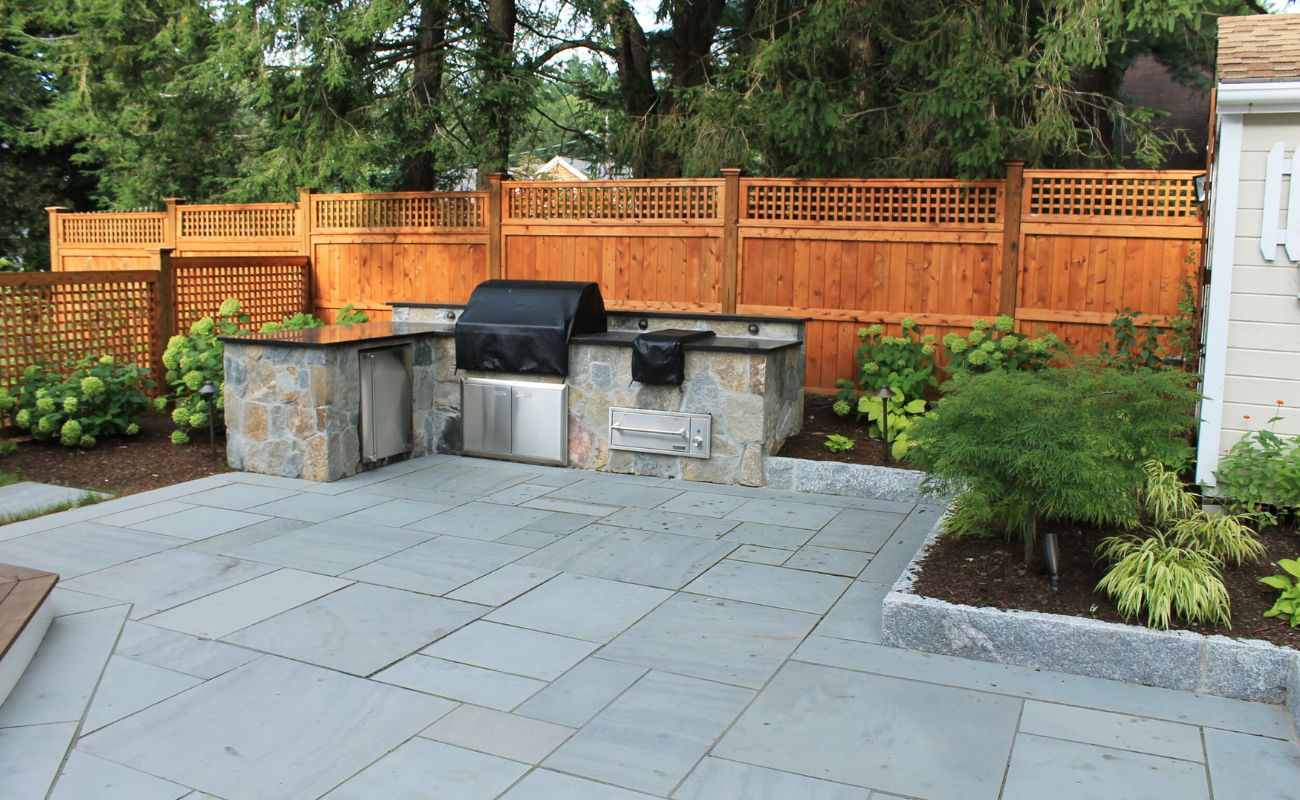

Outdoor Furniture
How Much Does A Bluestone Patio Cost
Modified: September 1, 2024
Looking to enhance your outdoor space? Discover the cost of a Bluestone patio and find the perfect outdoor furniture for your backyard retreat.
(Many of the links in this article redirect to a specific reviewed product. Your purchase of these products through affiliate links helps to generate commission for Storables.com, at no extra cost. Learn more)
Introduction
Welcome to our comprehensive guide on the cost of bluestone patios. If you’re considering adding a bluestone patio to your outdoor space, it’s important to understand the factors that can affect the overall cost of the project. This guide will provide you with valuable insights into the materials, labor, design, and additional costs associated with bluestone patio installation.
Bluestone is a popular choice for outdoor patios due to its durability, natural beauty, and versatility. It is a type of sedimentary rock that is known for its blue-gray color, which adds a unique and elegant touch to any outdoor setting. Bluestone is commonly used for both residential and commercial projects, as it can withstand heavy foot traffic and various weather conditions.
When it comes to the cost of a bluestone patio, there are several factors that come into play. understanding these factors will help you make an informed decision and budget accordingly. In this guide, we will discuss the material costs, labor costs, design and layout considerations, as well as any additional costs you should be aware of.
Additionally, we will compare the cost of a bluestone patio with other patio materials to give you a better understanding of the investment you’ll be making. We’ll also provide some tips on how to save money on bluestone patio installation without compromising on quality.
Whether you’re looking to create a cozy outdoor living space for entertaining, a serene retreat for relaxation, or a functional extension of your home, a bluestone patio can be the perfect addition to your outdoor area. So let’s dive in and explore the factors that play a role in the cost of a bluestone patio, and help you make an informed decision for your project.
Key Takeaways:
- Planning a bluestone patio involves considering factors like size, quality, and design complexity. Material and labor costs, as well as additional expenses, should be carefully budgeted to ensure a successful and cost-effective installation.
- When deciding between hiring a professional or DIY approach, weigh the benefits of expertise and efficiency against potential cost savings and a sense of accomplishment. Careful planning and consideration of all factors are crucial for a successful bluestone patio project.
Read more: How Much Does It Cost For A Patio
Factors Affecting the Cost of Bluestone Patios
When it comes to the cost of bluestone patios, there are several factors that can influence the overall price of the project. It’s important to consider these factors to ensure you have a clear understanding of the investment required. Here are the key factors that can affect the cost of bluestone patios:
- Size of the Patio: The size of your patio is one of the primary factors that impacts the cost. The larger the patio, the more materials and labor will be required, which will increase the overall cost.
- Thickness of the Bluestone: Bluestone is available in various thicknesses, ranging from 1 inch to 2 inches or more. Thicker bluestone is generally more expensive since it requires more material and may require additional labor for installation.
- Quality of the Bluestone: The quality of the bluestone can also affect the cost. Higher-quality bluestone, such as select grade or thermal bluestone, tends to be more expensive compared to lower-quality options.
- Location and Accessibility: The location of your patio and its accessibility for construction equipment and materials can impact the cost. If the site is difficult to access or requires additional groundwork, it may increase the labor and material costs.
- Complexity of Design: If you have a complex design or intricate patterns in mind for your bluestone patio, it may require more time and expertise to install, which can increase the cost.
- Additional Features: The inclusion of additional features, such as steps, retaining walls, or fire pits, will also affect the cost. These features require extra materials and labor for installation.
- Geographical Location: The cost of labor and materials can vary depending on your geographical location. Areas with a high cost of living or limited availability of bluestone may result in higher prices.
By considering these factors, you can better estimate the cost of your bluestone patio project. Keep in mind that each project is unique, and the final cost will depend on your specific requirements and the contractors you choose to work with.
Now that we’ve explored the factors that affect the cost of bluestone patios, let’s delve deeper into the material costs involved.
Material Costs
When planning a bluestone patio installation, it’s important to consider the material costs, as they will make up a significant portion of your overall budget. The primary material required for a bluestone patio is, of course, the bluestone itself. However, there are a few other materials you may need to complete the project. Let’s break down the material costs involved in a bluestone patio installation:
- Bluestone: The cost of bluestone can vary depending on factors such as the quality, size, and thickness of the stone. On average, the price per square foot for bluestone ranges from $5 to $30. Higher-quality bluestone, such as select grade or thermal bluestone, will generally be more expensive.
- Gravel and Sand: Gravel and sand are essential for the base and leveling of the bluestone patio. The amount of gravel and sand needed will depend on the size and thickness of the patio. The cost of gravel and sand can vary, but on average, you can expect to spend around $30 to $50 per ton.
- Edge Restraints: Edge restraints are used to secure the bluestone in place and prevent shifting. These can be made of materials such as metal, plastic, or concrete. The cost of edge restraints will depend on the type and quantity required, but it can range from $1 to $8 per linear foot.
- Mortar or Jointing Compound: Mortar or jointing compound is used to fill in the gaps between the bluestone pavers. The cost of mortar or jointing compound will depend on the brand and quantity needed. On average, you can expect to spend around $10 to $30 for a bag of mortar or jointing compound.
- Sealer: Applying a sealer to your bluestone patio can help enhance its longevity and protect it from stains and weathering. The cost of a sealer will depend on the brand and type, but on average, you can expect to spend around $20 to $50 per gallon.
- Additional Materials: Depending on the design and features of your bluestone patio, you may require additional materials such as landscape fabric, drainage materials, or geotextile fabric. The cost of these additional materials will vary depending on the specific requirements of your project.
It’s important to note that the prices mentioned above are approximate and can vary depending on your location and the suppliers you choose. It’s always a good idea to obtain multiple quotes to ensure you’re getting the best price for the materials needed for your bluestone patio installation.
Next, let’s explore the labor costs involved in the installation of a bluestone patio.
Labor Costs
When it comes to installing a bluestone patio, labor costs are a significant portion of the overall project budget. Hiring professional contractors or skilled laborers is crucial to ensure a high-quality installation. The labor costs can vary depending on several factors, including the complexity of the project and the region in which you live. Let’s take a closer look at the labor costs involved in a bluestone patio installation:
- Preparation and Excavation: The first step in installing a bluestone patio is preparing the site by excavating the area and removing any existing materials. This process requires skilled labor and appropriate equipment, which can contribute to the labor costs. The complexity and size of the excavation will impact the overall cost.
- Base and Leveling: Creating a solid and level base is crucial for the stability and longevity of a bluestone patio. Building the base involves spreading and compacting gravel and sand, ensuring it is evenly distributed and properly leveled. The labor required for this stage depends on the size and thickness of the patio.
- Patio Installation: The actual installation of the bluestone pavers is a labor-intensive process. Each paver needs to be carefully set in place, ensuring proper alignment and spacing. The complexity of the design or pattern, as well as the size of the patio, will influence the time and labor required for this stage.
- Grouting or Jointing: Once the bluestone pavers are in place, the gaps between them need to be filled in with mortar or jointing compound. This process requires skilled labor to ensure an even and aesthetically pleasing finish.
- Finishing Touches: After the patio is installed and the joints are filled, any necessary finishing touches, such as cleaning the surface and applying sealer, will require additional labor.
The labor costs for a bluestone patio installation are typically calculated based on the square footage of the patio. On average, the labor costs can range from $10 to $30 per square foot. However, it’s important to remember that this is just an estimate, and the actual cost may vary depending on various factors, including the complexity of the project and the experience level of the contractors you hire.
When planning your budget, it’s recommended to obtain multiple quotes from reputable contractors to compare prices and ensure you’re getting a fair cost for the labor involved in your bluestone patio installation.
Now that we’ve covered the material and labor costs, let’s explore the impact of design and layout on the overall cost of a bluestone patio.
Design and Layout
The design and layout of your bluestone patio can greatly impact its overall cost. The complexity of the design, the size and shape of the patio, and any additional features you incorporate will all play a role in determining the final price. Let’s delve into how the design and layout can affect the cost of a bluestone patio:
- Patio Shape and Size: The shape and size of your patio will directly impact the amount of bluestone material required, as well as the labor involved. Irregular or intricate shapes, such as curved or circular patios, may require more cuts and additional labor, which can increase the overall cost.
- Pattern and Design: If you have a specific pattern or design in mind for your bluestone patio, such as herringbone, basket weave, or a custom layout, it may require more time and expertise to install. Intricate patterns can increase the labor costs due to the precision and attention to detail required.
- Additional Features and Elements: Incorporating additional features into your bluestone patio, such as steps, retaining walls, fire pits, or seating areas, will add extra complexity to the project and increase the overall cost. These features will require additional materials and labor for their construction.
- Accessibility and Site Conditions: The accessibility of your patio site and any site-specific challenges can also impact the design and layout costs. If the site requires significant preparation or if there are obstacles to overcome, such as trees, slopes, or drainage issues, it may require additional labor and materials to address these challenges.
- Customization and Personalization: If you have specific customization requests or unique design elements in mind for your bluestone patio, it may require additional time and effort from the contractors. Customization can increase the cost due to the level of detail and individualized work involved.
When considering the design and layout of your bluestone patio, it’s important to find a balance between aesthetics, functionality, and budget. Collaborating with a professional landscape designer or contractor can help you optimize the design to fit your vision while minimizing costs.
Remember to communicate your design preferences and budget requirements clearly to ensure that the final design aligns with your expectations. By carefully planning and considering the design and layout factors, you can create a stunning bluestone patio that meets your needs without breaking the bank.
Now, let’s explore any additional costs you should be aware of when planning your bluestone patio project.
When budgeting for a bluestone patio, consider the size, thickness of the stone, labor costs, and any additional features like edging or sealing. Get multiple quotes from contractors to compare costs.
Read more: How Much Does A Patio Enclosure Cost
Additional Costs
When budgeting for a bluestone patio installation, it’s important to consider any additional costs that may arise during the project. These costs can vary depending on various factors, such as your location, the complexity of the project, and your specific requirements. Here are some additional costs you should be aware of:
- Permits and Approvals: Depending on your local regulations and homeowner’s association (HOA) requirements, you may need to obtain permits or seek approvals before starting your bluestone patio project. Permit fees and any associated costs should be factored into your budget.
- Site Preparation: In some cases, the site may require additional preparation work or land grading before the patio installation can begin. This can involve clearing vegetation, removing obstacles, or addressing drainage issues. The cost of site preparation will depend on the specific requirements of your project.
- Landscape Design: If you don’t already have a defined landscape design plan, you may want to consult with a professional landscape designer to create a cohesive outdoor space. The cost of hiring a landscape designer can vary but is typically based on an hourly rate or a flat fee for the design services.
- Delivery and Transportation: The cost of delivering the bluestone and other materials to your property may not be included in the initial estimates. Depending on the distance and the quantity of materials, there may be additional fees for transportation and delivery.
- Site Cleanup and Debris Removal: After the installation is complete, there may be debris and waste materials that need to be cleaned up and properly disposed of. Some contractors include site cleanup in their services, while others may charge an additional fee for this service.
- Maintenance and Upkeep: While not an immediate cost, it’s important to consider the long-term maintenance and upkeep of your bluestone patio. This may include regular sealing, cleaning, and repairs, which may require additional materials and labor in the future.
- Professional Consultations: Depending on the complexity of your project, you may need to consult with professionals such as structural engineers or architects who can provide expert advice on specific aspects of the patio installation. Their fees should be factored into your budget if required.
By accounting for these additional costs, you can ensure that you have a more accurate estimate of the total investment required for your bluestone patio project. It’s advisable to discuss these potential costs with your contractor or landscape designer during the planning phase to avoid any surprises along the way.
Next, let’s compare the cost of a bluestone patio with other patio materials to give you a better understanding of the investment involved.
Cost Comparison with Other Patio Materials
When planning a patio installation, it’s helpful to compare the cost of bluestone with other commonly used patio materials. This comparison can give you a better idea of the investment required and help you make an informed decision. Let’s explore the cost comparison of bluestone with other popular patio materials:
- Concrete: Concrete is a widely used and cost-effective patio material. It offers durability and versatility in terms of design options. The cost of a concrete patio can vary depending on factors such as the size, thickness, and complexity of the design. On average, the cost of a concrete patio can range from $6 to $12 per square foot, making it a more affordable option compared to bluestone.
- Pavers: Paver patios are popular for their aesthetic appeal and versatility. Pavers come in various materials such as concrete, brick, or natural stone. The cost of pavers can vary depending on the material, size, and design. On average, the cost of a paver patio can range from $10 to $25 per square foot, making it comparable or slightly higher than bluestone.
- Flagstone: Flagstone is a natural stone material that offers a unique and rustic look. The cost of flagstone can vary depending on factors such as the type of stone, size, and thickness. On average, the cost of a flagstone patio can range from $15 to $30 per square foot, making it similar or slightly higher than bluestone.
- Brick: Brick patios are known for their timeless appeal and durability. The cost of brick can vary depending on factors such as the type of brick, pattern, and labor involved. On average, the cost of a brick patio can range from $12 to $20 per square foot, making it similar to or slightly lower than bluestone.
- Wood Deck: Wood decks offer a natural and warm aesthetic and are popular for their versatility. The cost of a wood deck can vary depending on factors such as the type of wood, size, and design. On average, the cost of a wood deck can range from $15 to $35 per square foot, making it comparable or higher than bluestone.
It’s important to note that these cost ranges are approximate and can vary depending on factors such as your location, the quality of materials, and the contractors you choose to work with. Additionally, costs can change over time due to fluctuations in material prices and labor rates.
When comparing the cost of bluestone with other patio materials, consider factors such as durability, maintenance requirements, and overall aesthetic appeal. It’s also important to consider your specific needs and preferences to make the best decision for your outdoor space.
Now, for those looking to save money on their bluestone patio installation, let’s explore some tips and strategies to help you stay within budget.
Tips for Saving Money on Bluestone Patio Installation
While bluestone patios offer timeless beauty and durability, they can sometimes come with a hefty price tag. However, there are several ways to save money on your bluestone patio installation without compromising on quality. Here are some tips to help you stay within your budget:
- Plan Your Design Carefully: Before starting the project, have a clear idea of the design and layout you want for your patio. Changing the design midway through the installation can lead to additional costs. Take the time to plan and make decisions in advance.
- Consider a Simple Design: Intricate patterns and complex designs can increase the labor and material costs. Opting for a simpler design, such as a basic layout or a standard pattern, can help keep the installation process more straightforward and cost-effective.
- Shop Around for Materials: Take the time to research different suppliers and compare prices for bluestone and other necessary materials. Look for sales or discounts, and consider purchasing materials in bulk to potentially save on costs.
- Explore Alternatives: Consider alternatives to bluestone that may offer a similar look but at a lower cost. For example, concrete pavers can mimic the appearance of bluestone at a fraction of the price. Explore different options before making a final decision.
- DIY Certain Tasks: If you have some experience with outdoor projects and the necessary tools, consider taking on certain tasks yourself, such as site preparation or cleaning up after the installation. However, be cautious and consult with professionals when needed.
- Get Multiple Quotes: Obtain quotes from different contractors and compare their prices, experience, and customer reviews. Look for reputable contractors who can provide quality work at a reasonable cost.
- Timing Matters: Consider scheduling your bluestone patio installation during the off-season or less busy months for contractors. Some contractors may offer discounts during slower times, allowing you to save money on labor costs.
- Maintain the Patio: To avoid future costly repairs or replacements, make sure to properly maintain your bluestone patio. Regularly clean and seal the bluestone to protect it from stains and weathering. This can prolong its lifespan and save you money in the long run.
By implementing these money-saving tips, you can reduce the overall cost of your bluestone patio installation. Remember to strike a balance between saving money and ensuring a well-crafted and long-lasting patio that meets your aesthetic and functional needs.
Now, let’s consider whether hiring a professional contractor or opting for a DIY approach is the best choice for your bluestone patio installation.
Hiring a Professional vs. DIY
When it comes to installing a bluestone patio, one of the key decisions you’ll need to make is whether to hire a professional contractor or tackle the project as a do-it-yourself (DIY) endeavor. Both options have their advantages and considerations, so let’s explore the factors to consider when deciding between hiring a professional or opting for a DIY approach:
Hiring a Professional:
Hiring a professional contractor offers several benefits, including:
- Expertise and Experience: Professional contractors have the necessary skills, knowledge, and experience to handle all aspects of a bluestone patio installation. They are well-versed in proper excavation, base preparation, and laying techniques, ensuring a high-quality and durable patio.
- Time and Efficiency: Professionals work efficiently and can complete the project in a timely manner. They have the necessary equipment, tools, and manpower to efficiently handle every stage of the installation, saving you time and effort.
- Professional Results: A reputable contractor will deliver a polished and professional result. They will pay attention to detail, ensure proper drainage, and take care of any necessary adjustments or repairs during the installation process.
- Warranty and Guarantees: Hiring a professional contractor often comes with warranties or guarantees on their workmanship and materials. This provides you with peace of mind, knowing that any issues that arise will be resolved by the contractor at no extra cost.
However, hiring a professional contractor also involves some considerations:
- Cost: Hiring a professional contractor for your bluestone patio installation will come at a cost. Labor expenses can make up a significant portion of the budget. It’s essential to obtain multiple quotes, compare prices, and ensure the cost aligns with your budget.
- Reliance on Others: When hiring a contractor, you are relying on someone else to complete the project. You must choose a reputable and reliable contractor to ensure the work is done to your satisfaction and within the agreed-upon timeframe.
DIY Approach:
Opting for a DIY approach has its own set of advantages and considerations:
- Cost Savings: DIYing your bluestone patio can potentially save you money on labor costs. You have control over the materials you purchase and can shop around for the best prices.
- Sense of Accomplishment: Taking on a DIY project can be a rewarding experience. You have the satisfaction of knowing that you completed the installation yourself and have the opportunity to learn new skills along the way.
- Flexibility and Control: DIYing allows you the freedom to work at your own pace and make adjustments to the project as you see fit. You have the final say in every decision regarding the design, layout, and execution of the patio installation.
However, there are considerations to keep in mind with a DIY approach:
- Time and Effort: Undertaking a bluestone patio installation yourself requires significant time, effort, and physical labor. You will need to be prepared to handle excavation, base preparation, leveling, and the intricacies of laying the bluestone pavers.
- Potential for Errors: Without professional expertise and experience, there is a higher risk of making mistakes during the installation process. This can lead to issues such as unstable pavers, poor drainage, or a shorter lifespan for the patio.
- Tools and Equipment: DIYing a bluestone patio requires access to the necessary tools and equipment. If you don’t already own them, you will need to factor in the cost of purchasing or renting the required tools.
Ultimately, the decision between hiring a professional contractor or opting for a DIY approach depends on your budget, time availability, skill level, and comfort with taking on a project of this scale. Assess your capabilities, research the installation process, and weigh the pros and cons before making a decision.
Now that we’ve covered the options for installation, let’s wrap up our guide on the cost of bluestone patios.
Read more: How Much Does A Patio Cover Cost
Conclusion
In conclusion, the cost of a bluestone patio can vary depending on several factors, including the size, thickness, quality of the bluestone, labor costs, and the design complexity. By considering these factors and planning ahead, you can have a better understanding of the overall investment required for your bluestone patio installation.
When it comes to material costs, bluestone itself is the primary expense, with additional costs for gravel, sand, edge restraints, jointing compound, and sealer. It’s essential to shop around for materials and compare prices to ensure you’re getting the best value for your money.
Labor costs are another significant aspect to consider. Hiring a professional contractor ensures expert craftsmanship, efficiency, and a polished result. However, opting for a DIY approach can help save money on labor costs, but it does require time, effort, and the necessary skills to complete the project successfully.
Design and layout choices can also influence the overall cost. Consider the complexity of the design, additional features, and the accessibility of the patio site when making decisions. Simplifying the design or exploring alternative materials can help keep the cost in check without compromising on aesthetics and functionality.
Additionally, it’s important to account for any additional costs, such as permits, site preparation, landscape design, delivery, and maintenance. Planning and budgeting for these costs will help prevent unexpected expenses along the way.
Comparing the cost of bluestone with other patio materials will give you a better idea of the investment involved. Each material has its own advantages and considerations, so make sure to choose the option that best fits your budget and preferences.
Finally, deciding between hiring a professional contractor or taking a DIY approach depends on your skills, abilities, and budget. While professionals offer expertise and efficiency, DIY projects can provide cost savings and a sense of accomplishment. Consider your capabilities and the complexity of the project before making a decision.
Ultimately, a bluestone patio can be a valuable addition to your outdoor space, offering durability, natural beauty, and a timeless appeal. By carefully considering the factors that affect the cost and making informed choices, you can create a stunning bluestone patio that meets your needs and enhances your outdoor living experience for years to come.
Frequently Asked Questions about How Much Does A Bluestone Patio Cost
Was this page helpful?
At Storables.com, we guarantee accurate and reliable information. Our content, validated by Expert Board Contributors, is crafted following stringent Editorial Policies. We're committed to providing you with well-researched, expert-backed insights for all your informational needs.
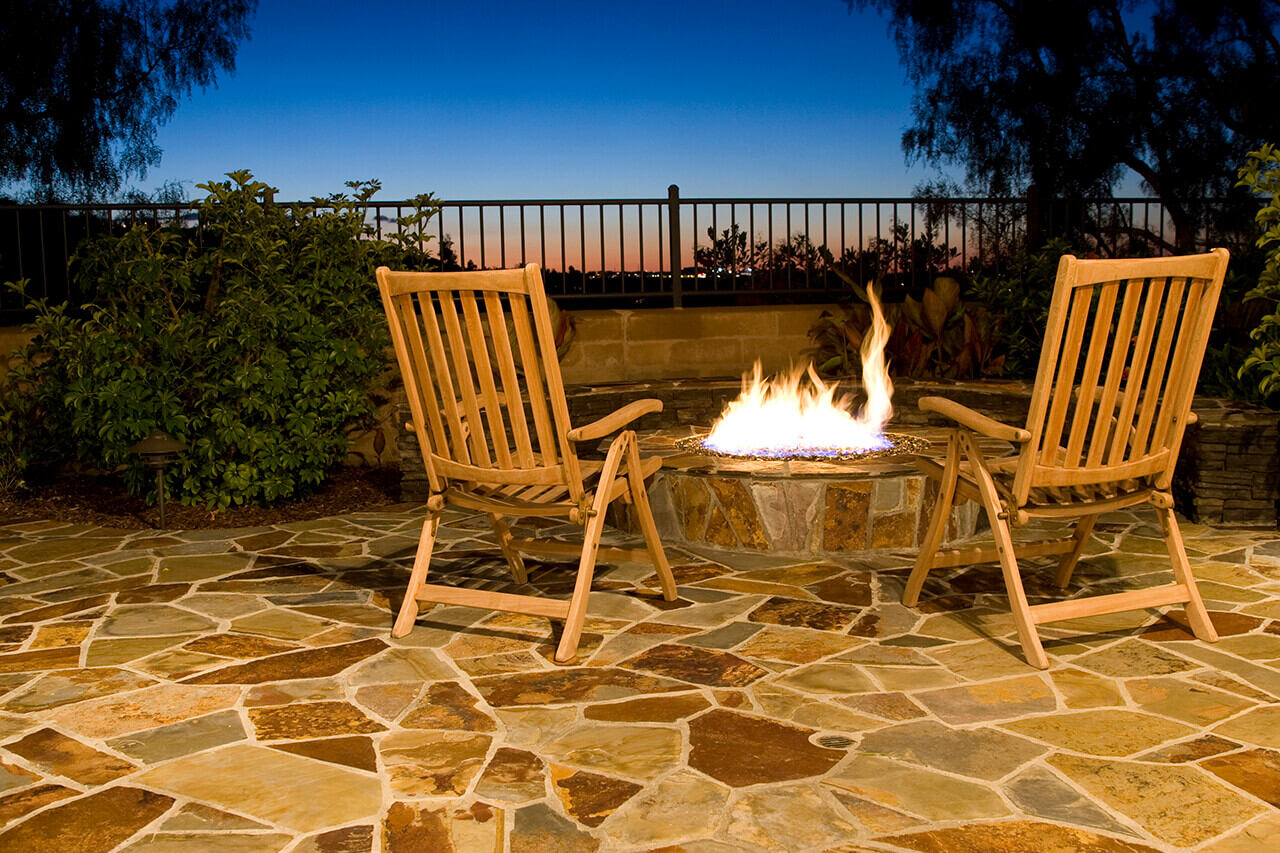
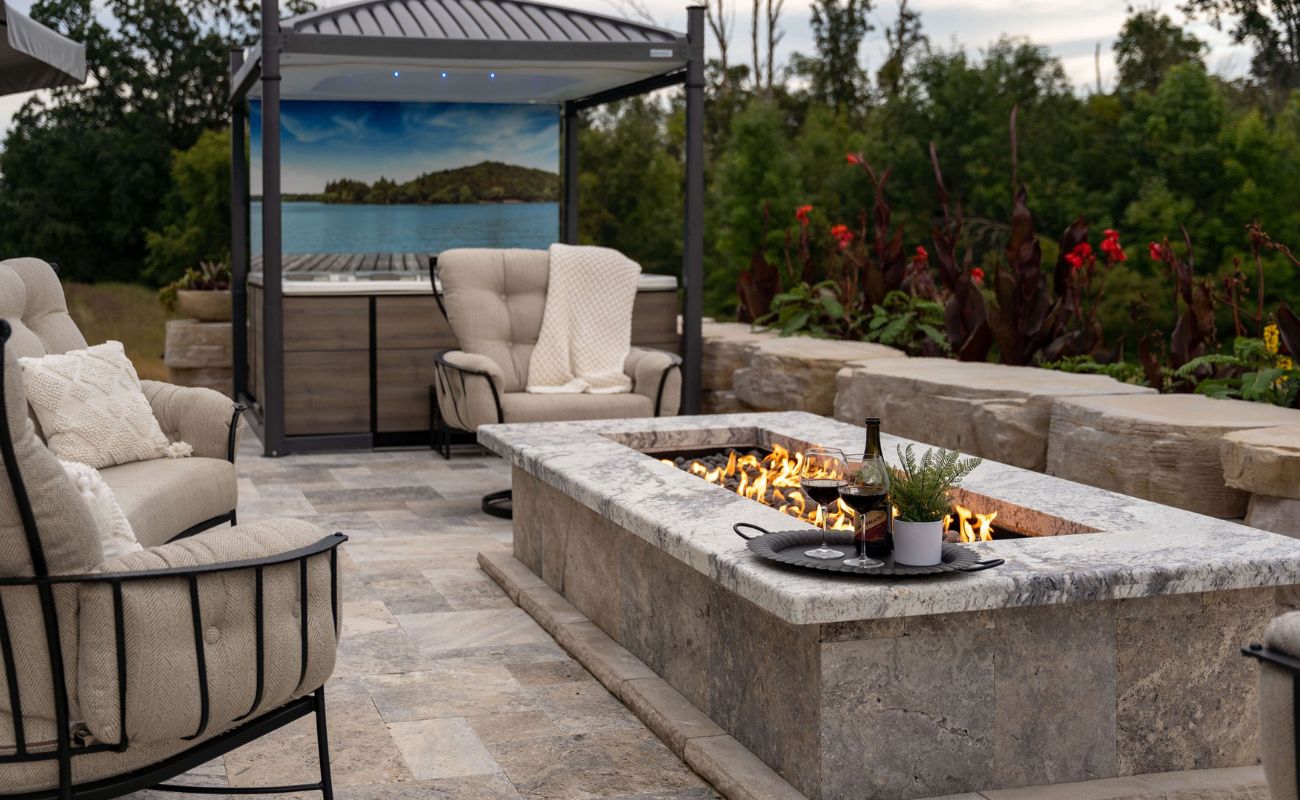
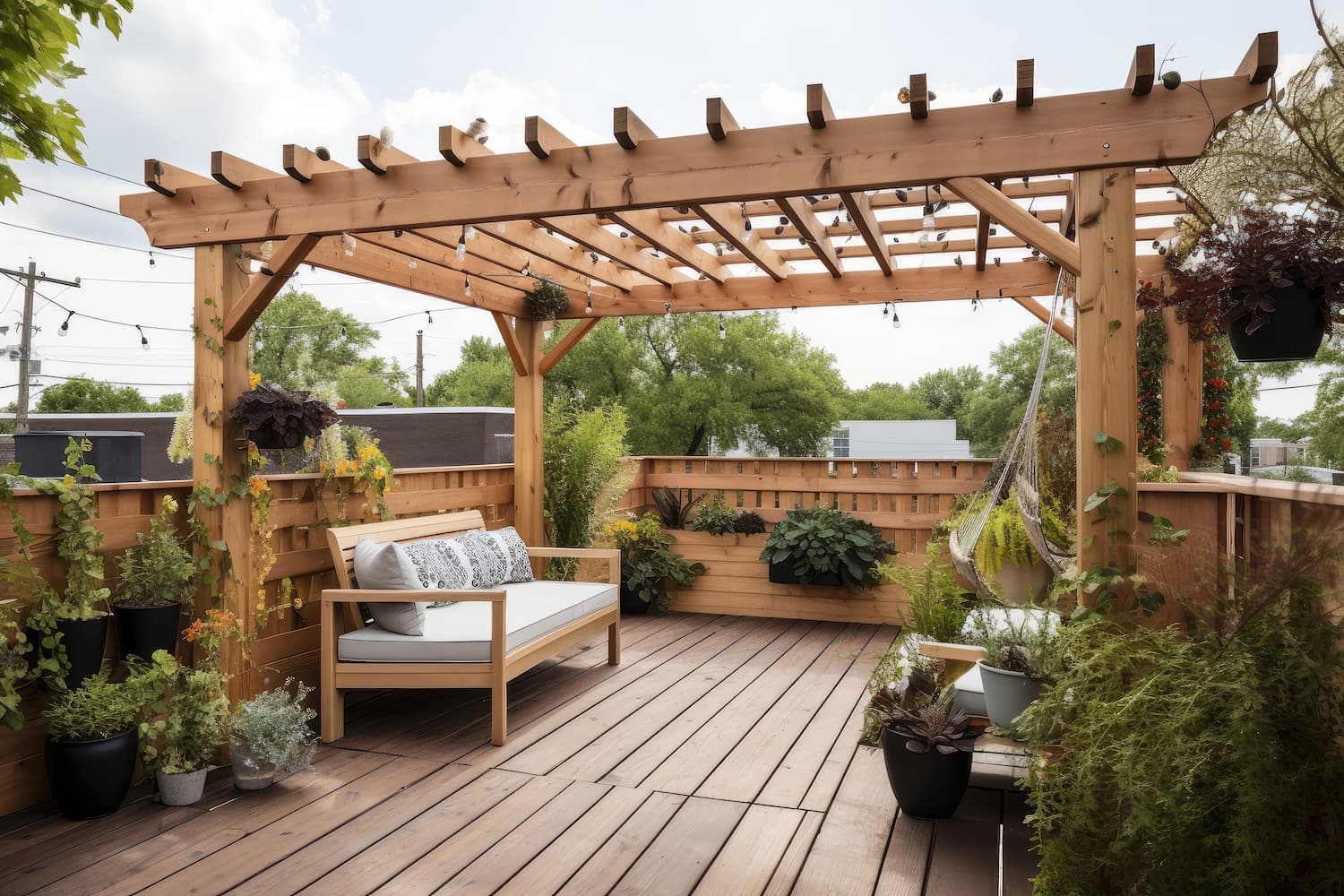
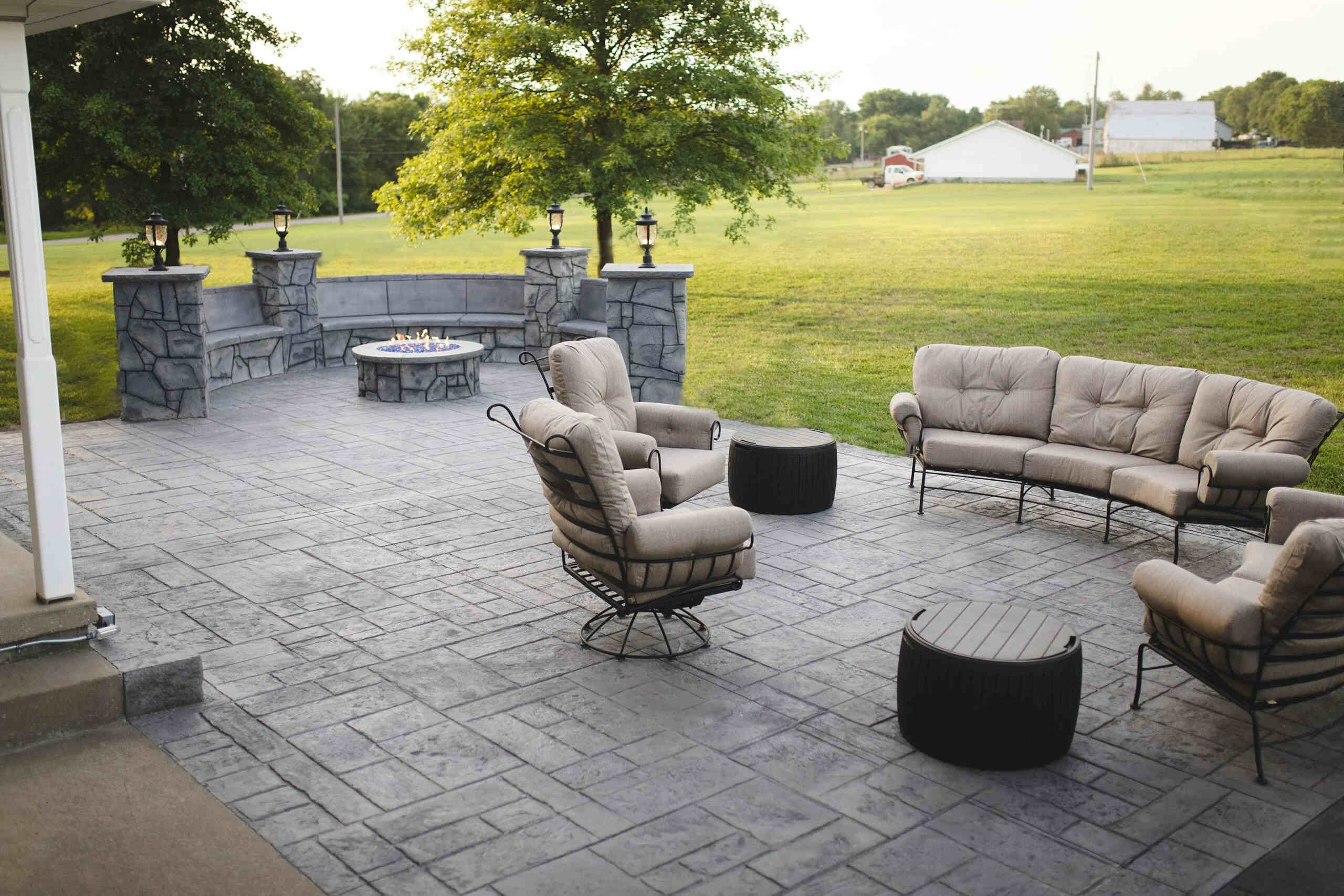
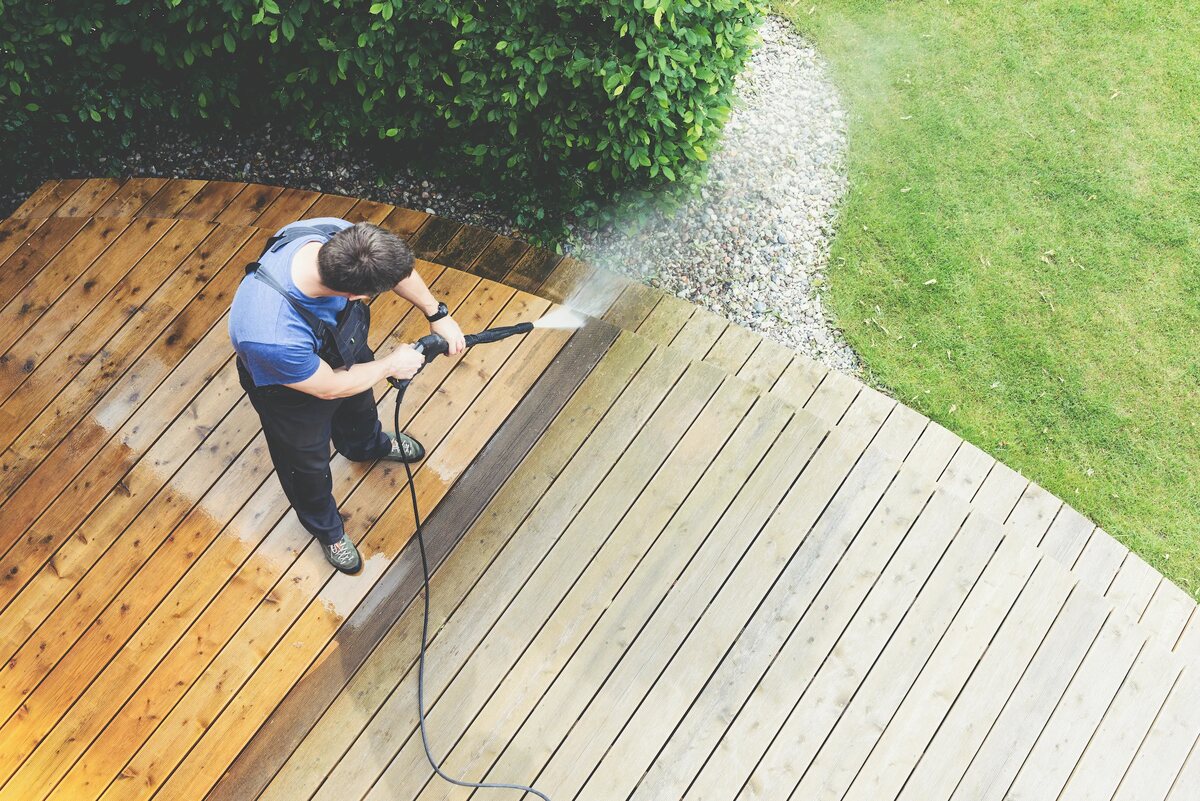
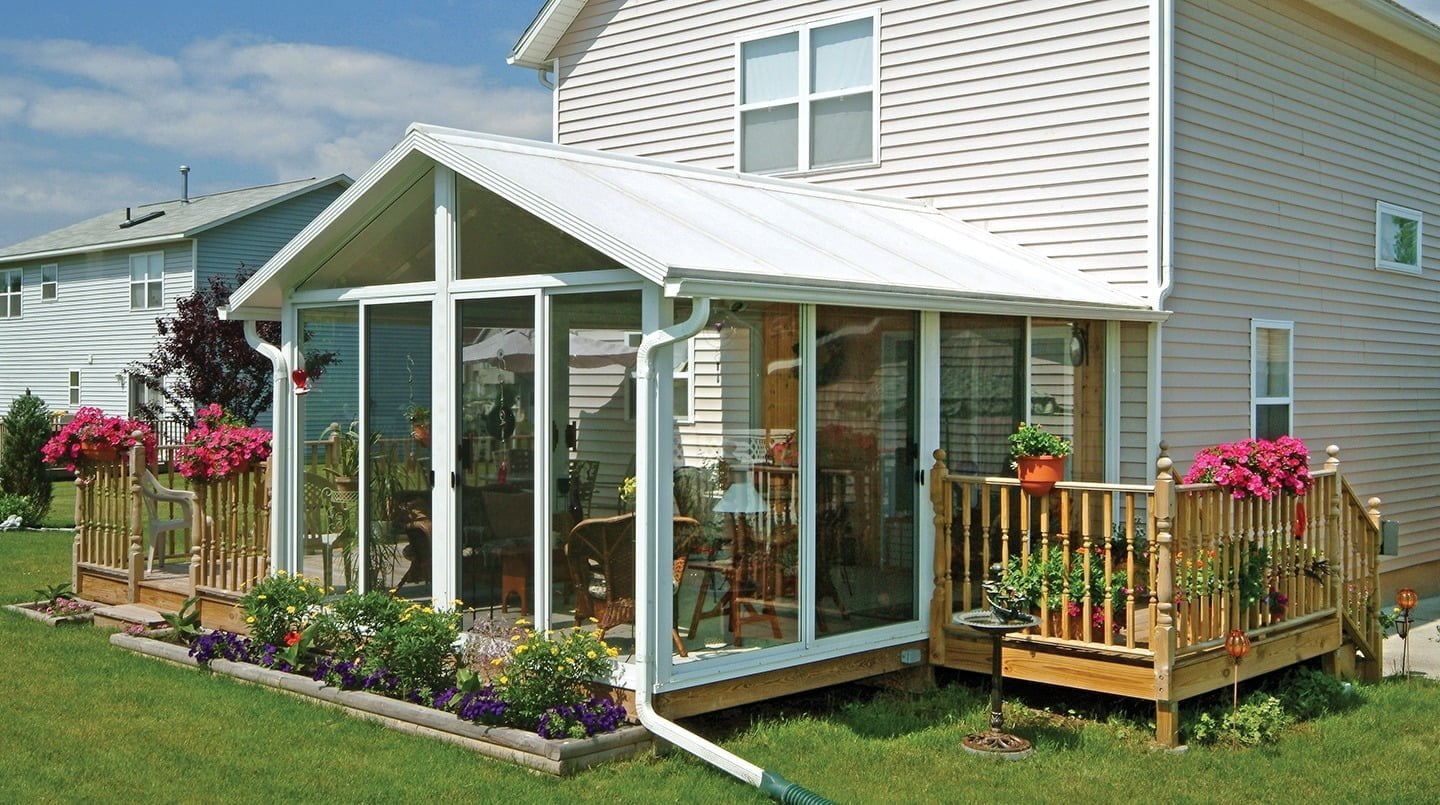
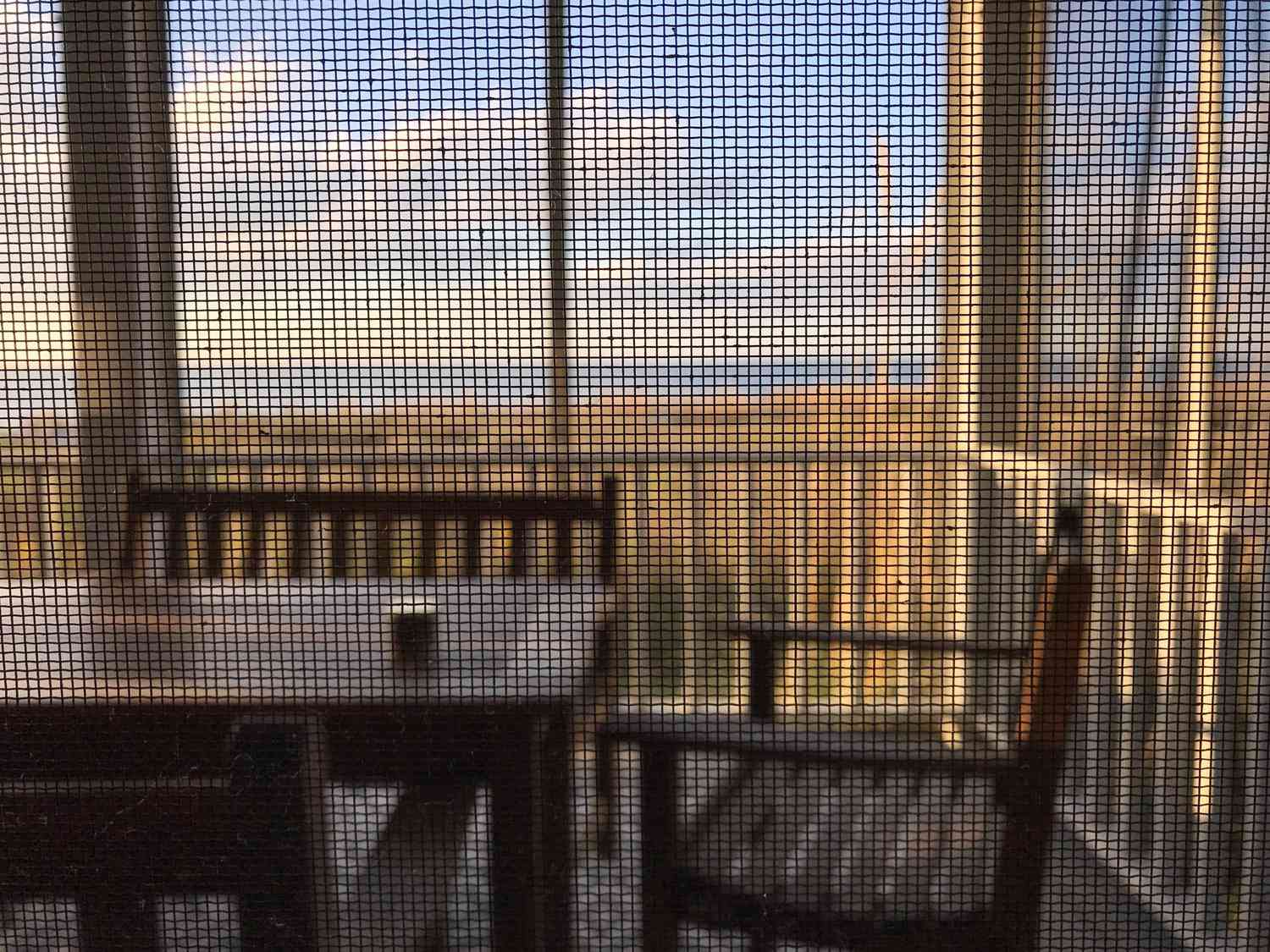
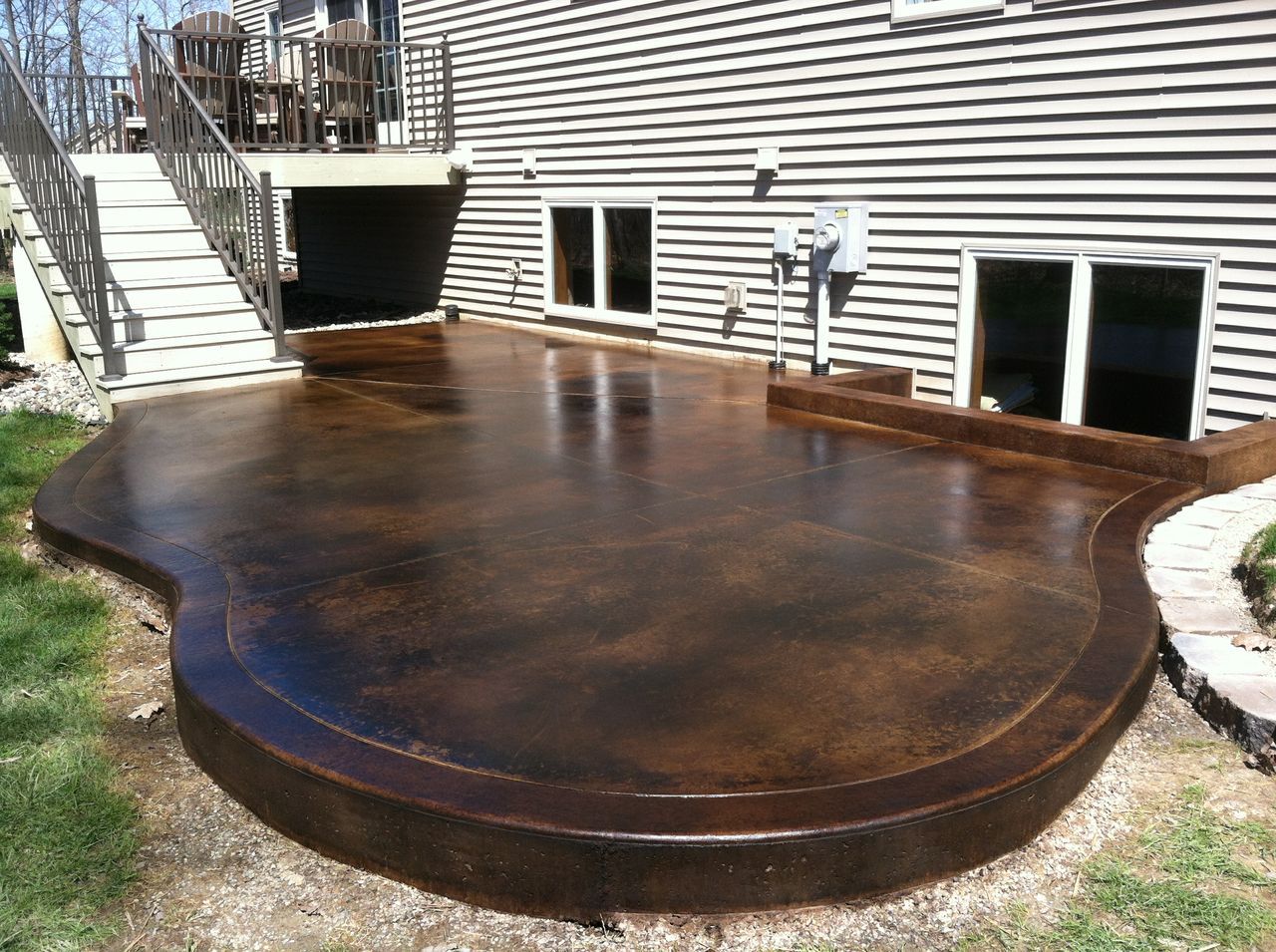
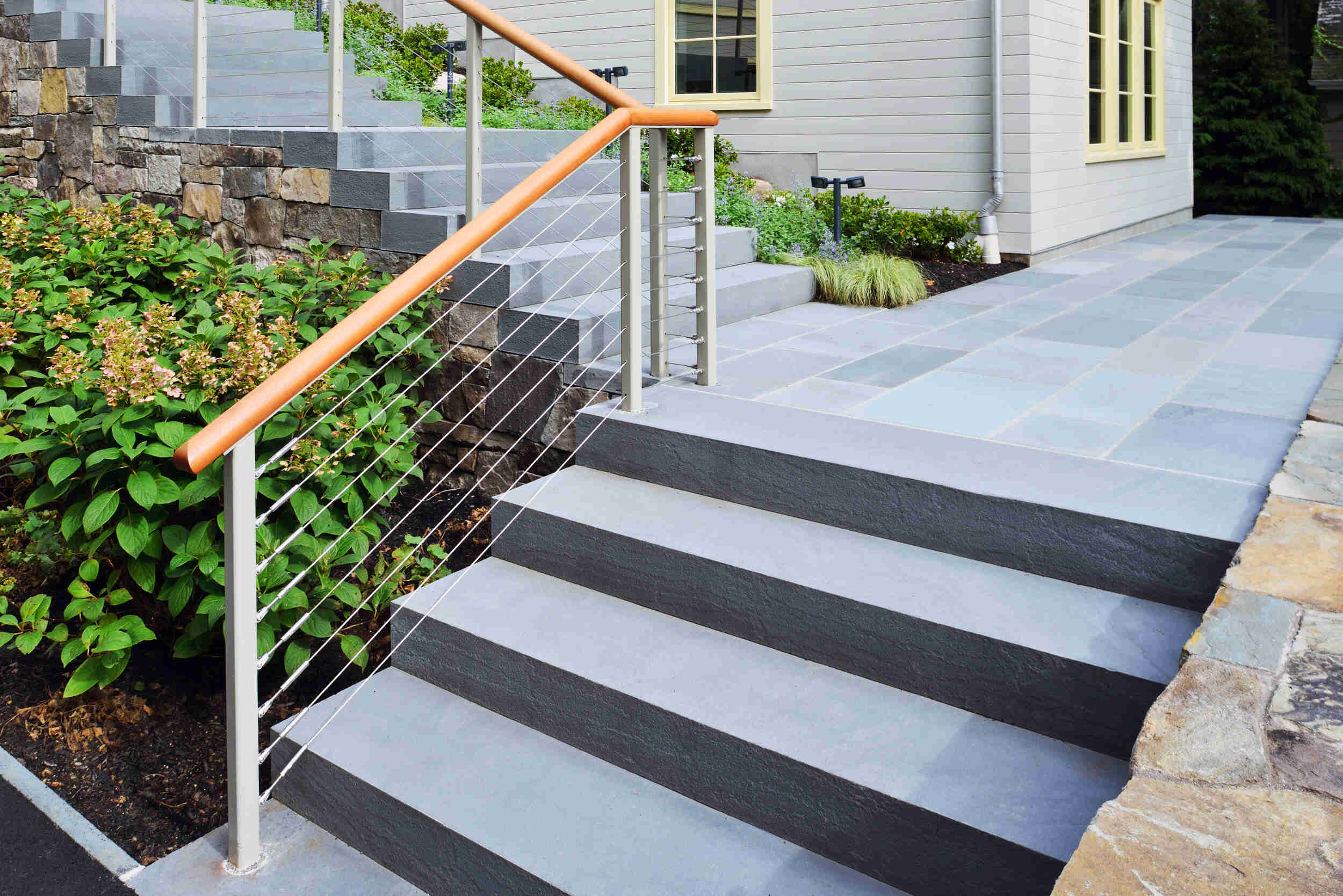
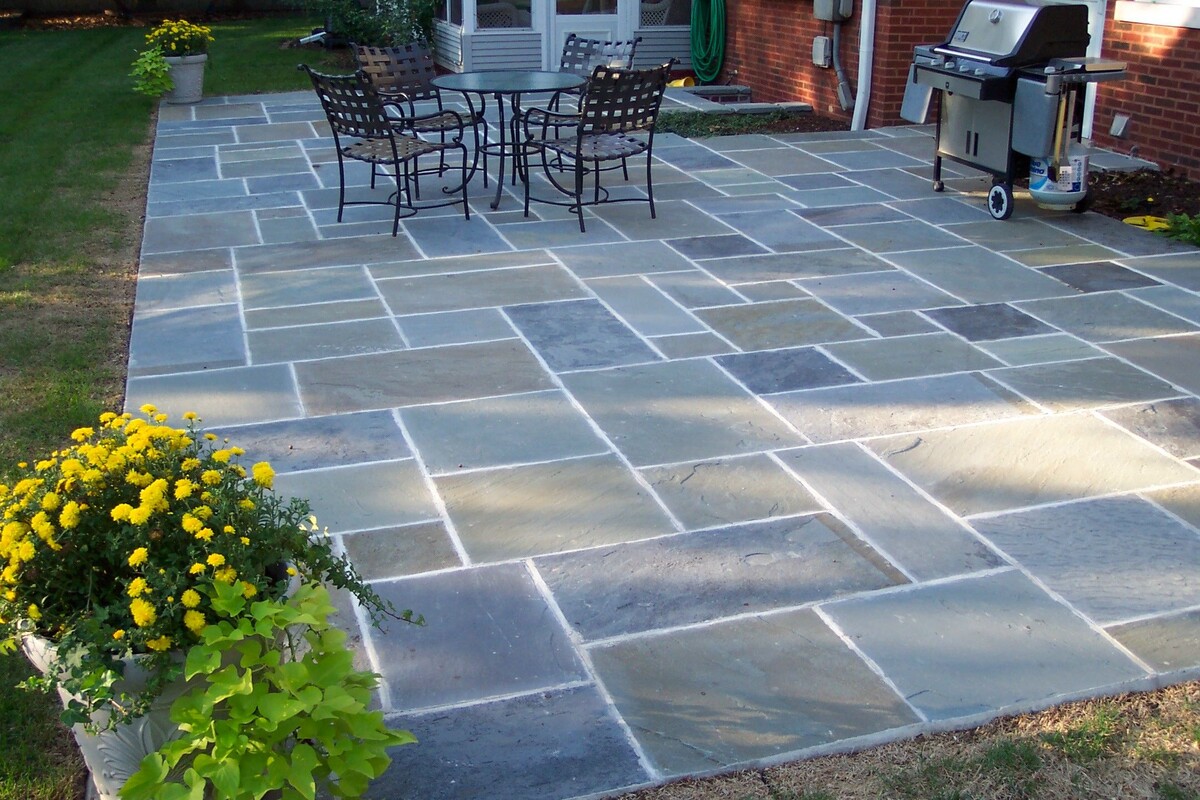
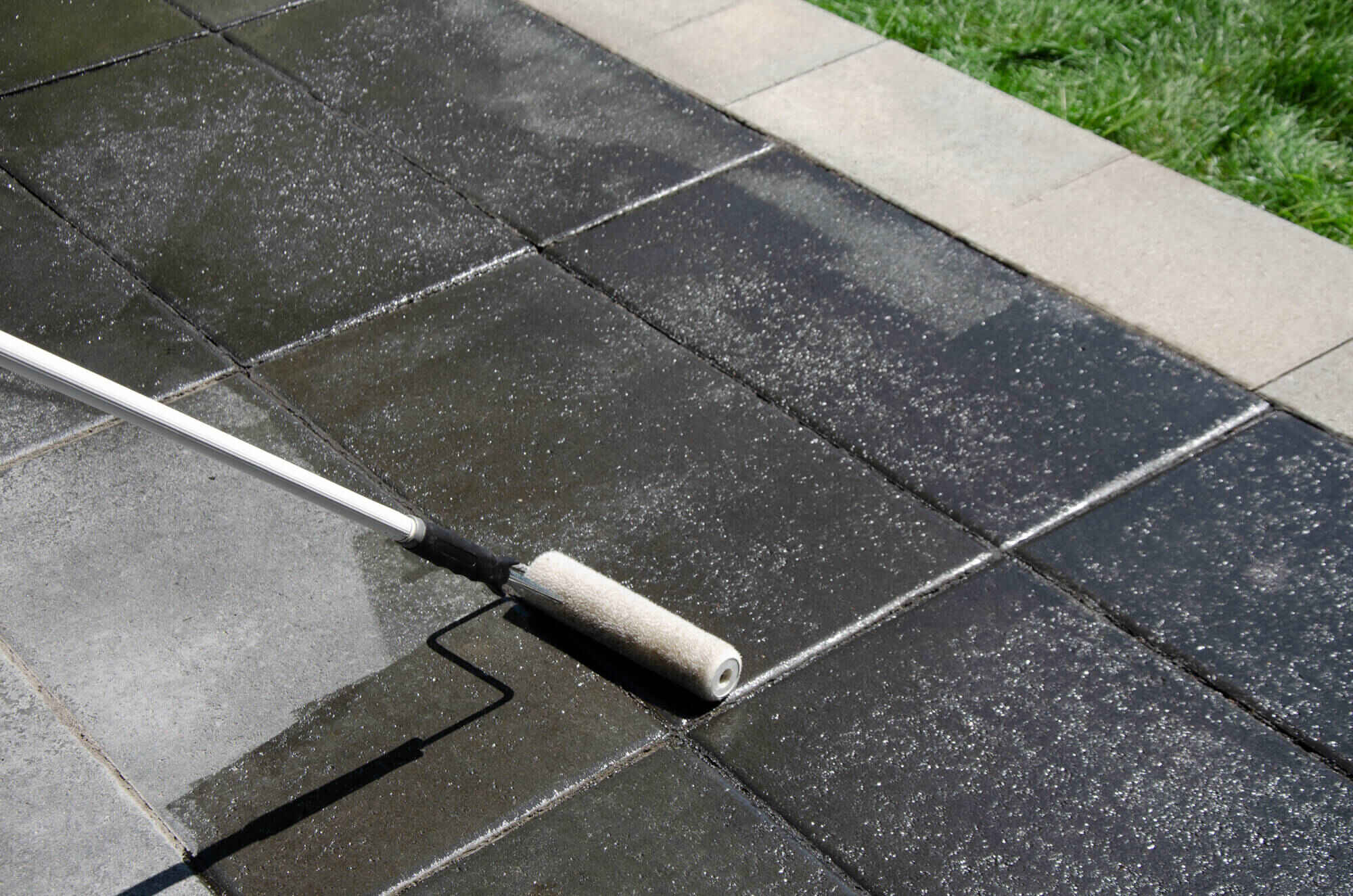
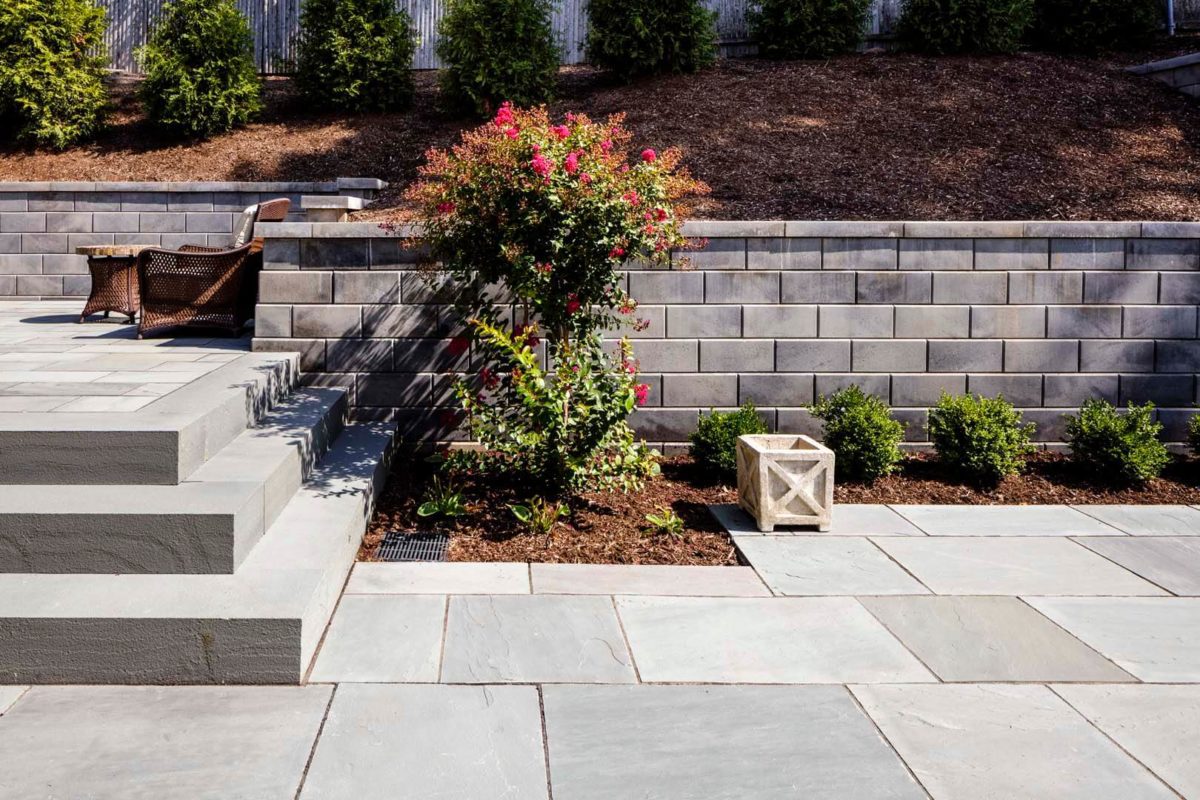
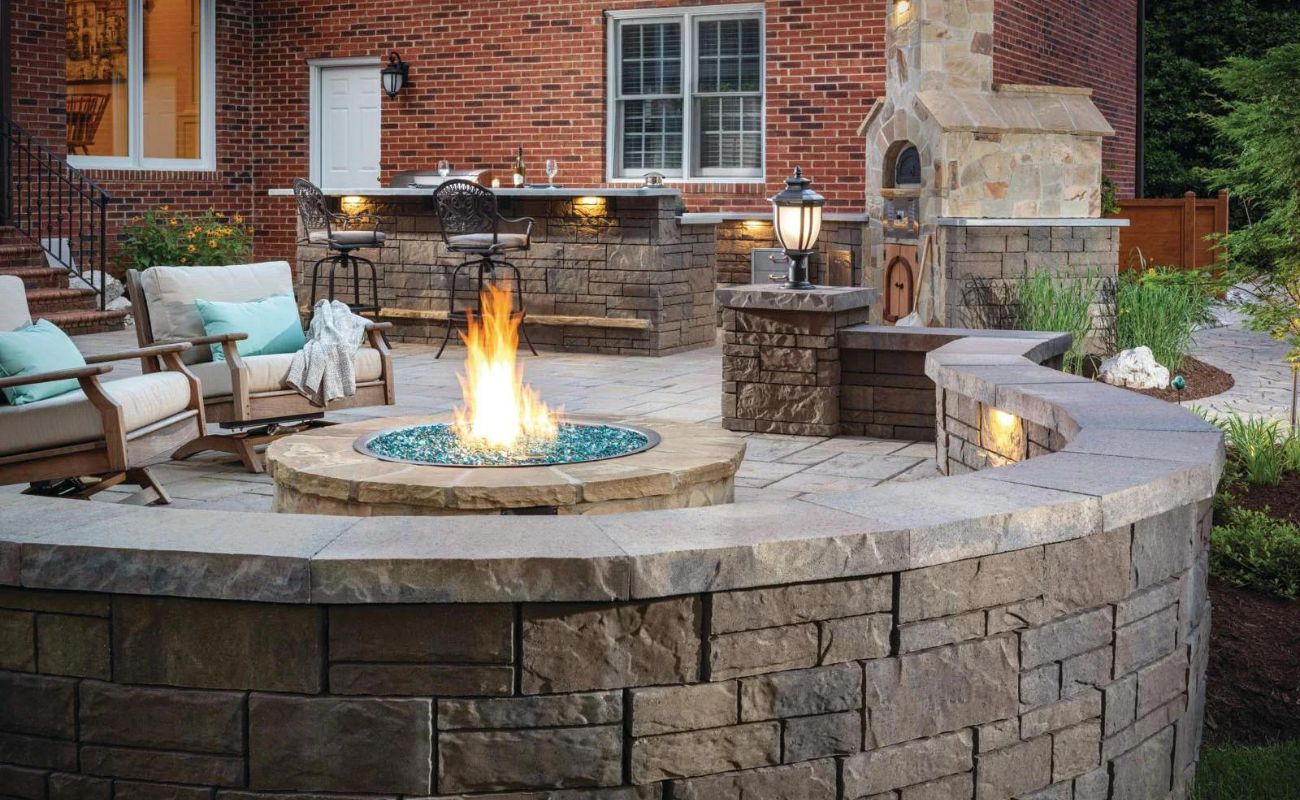

0 thoughts on “How Much Does A Bluestone Patio Cost”